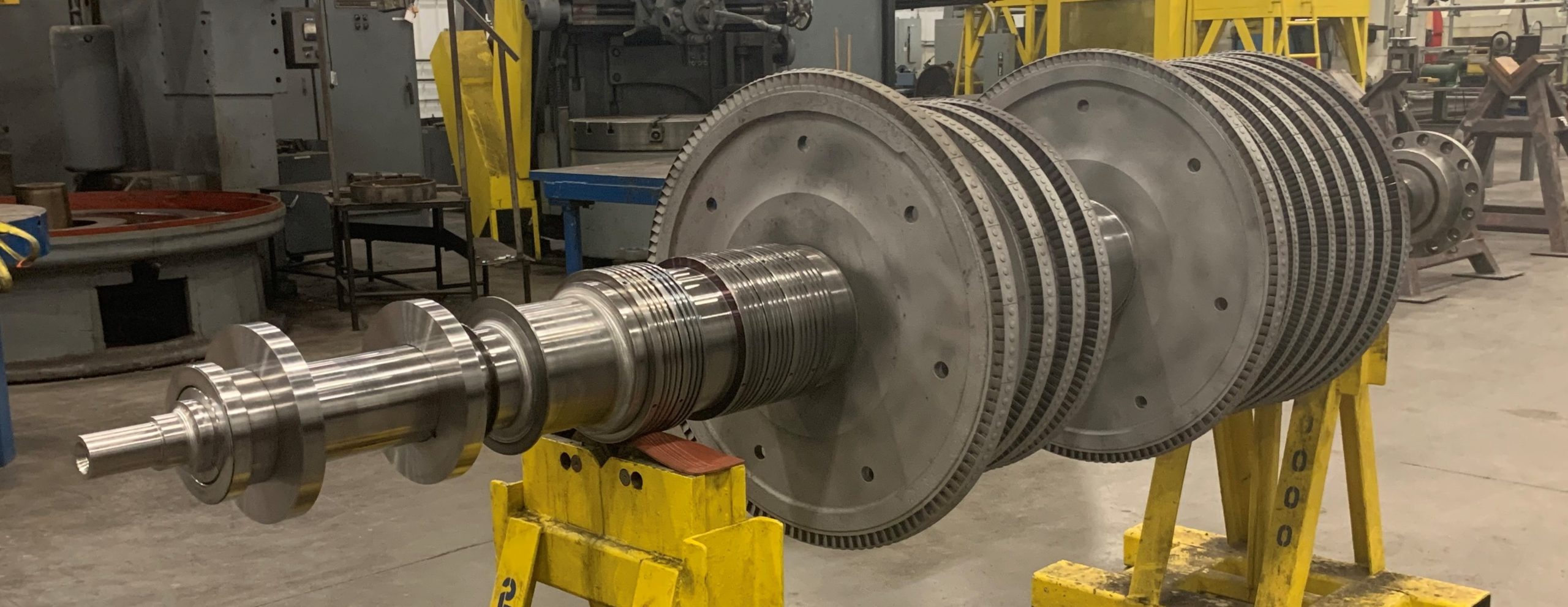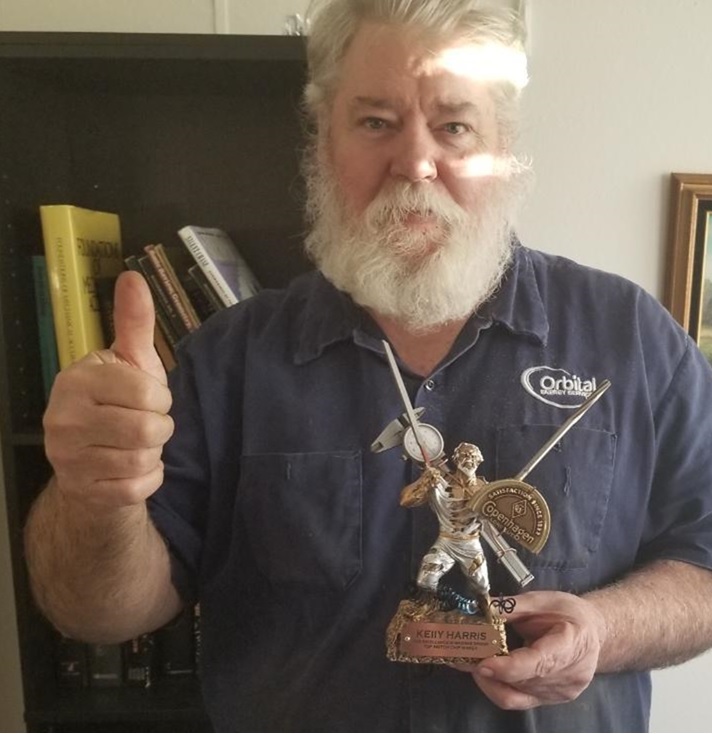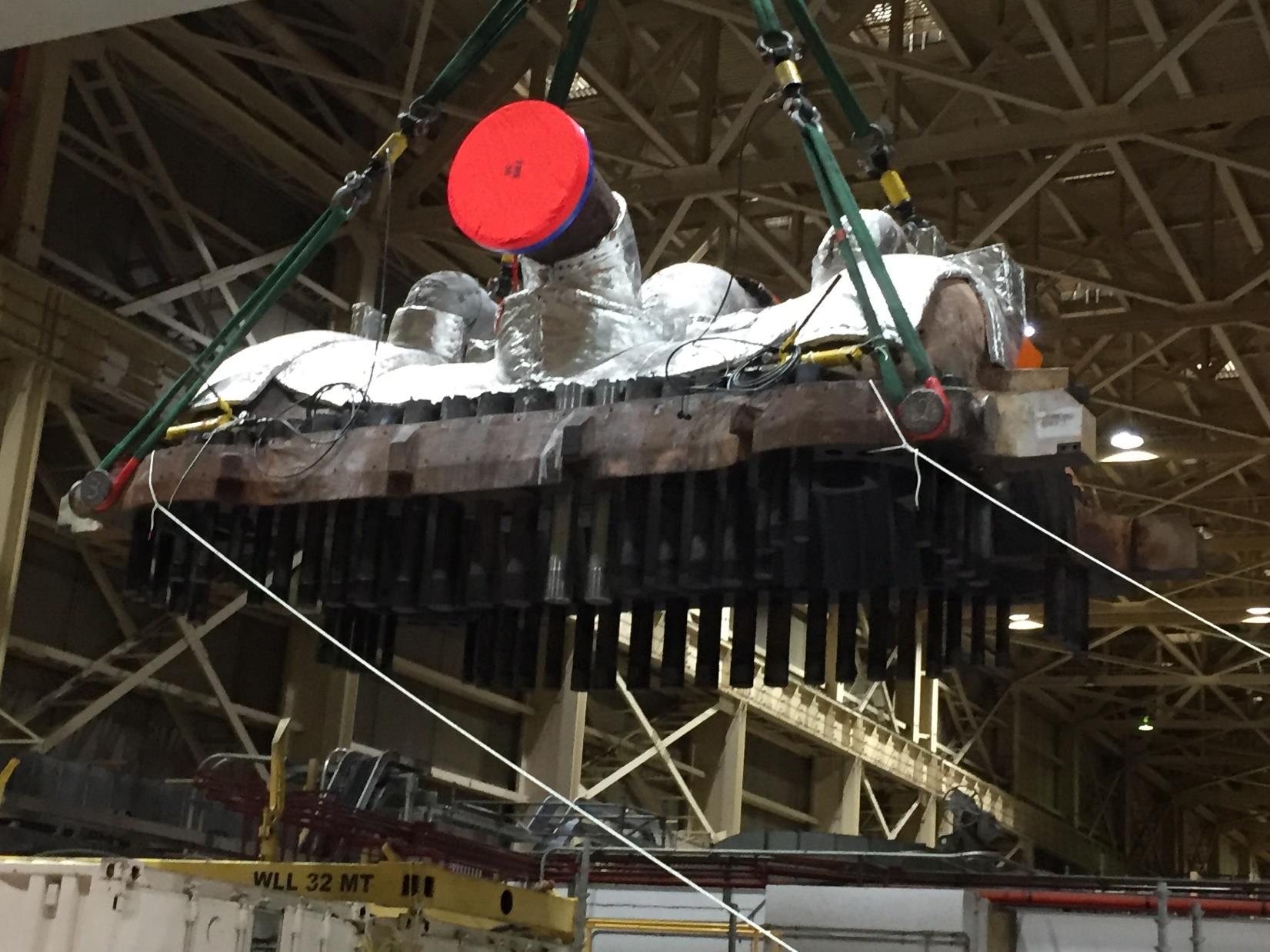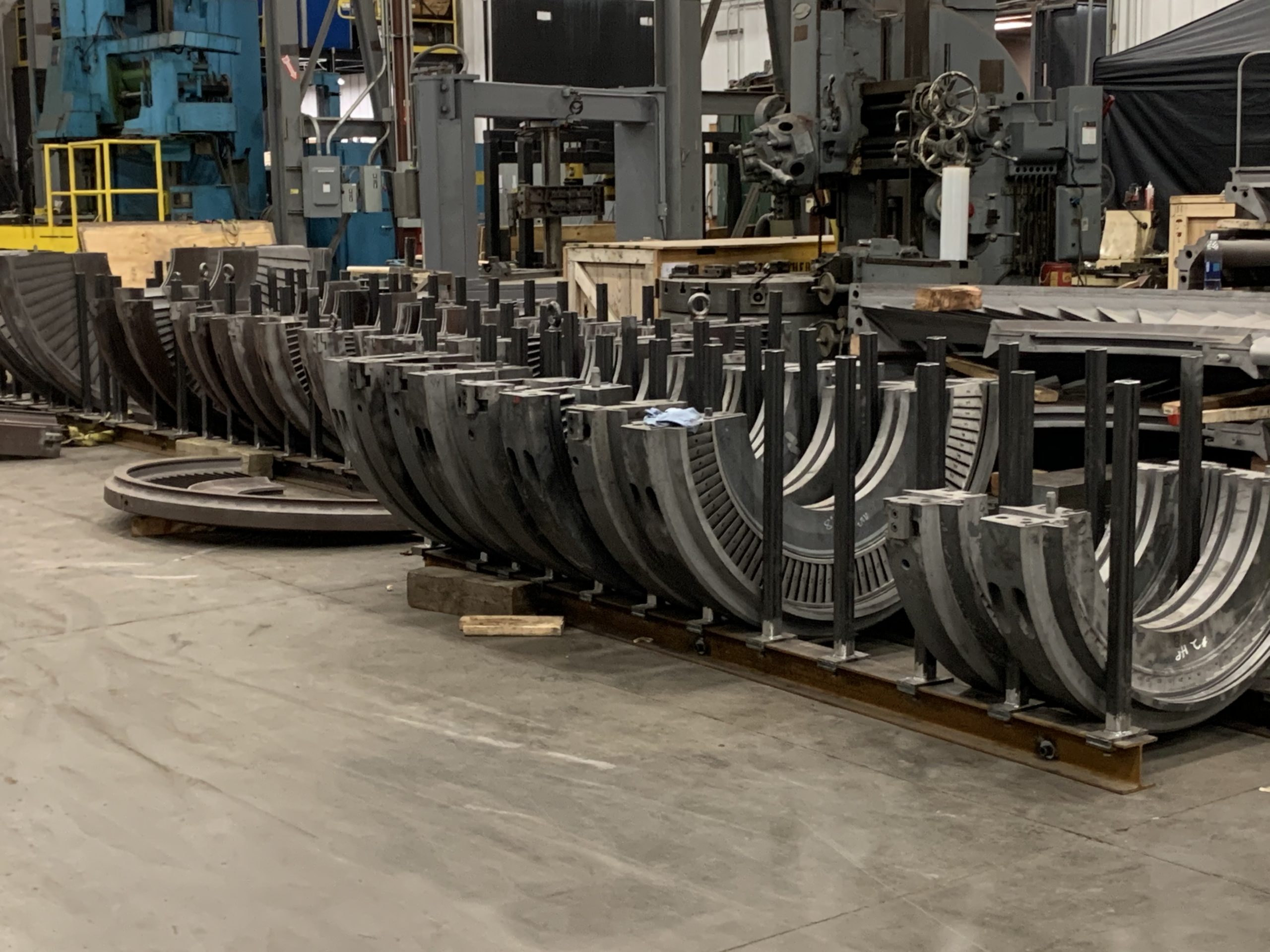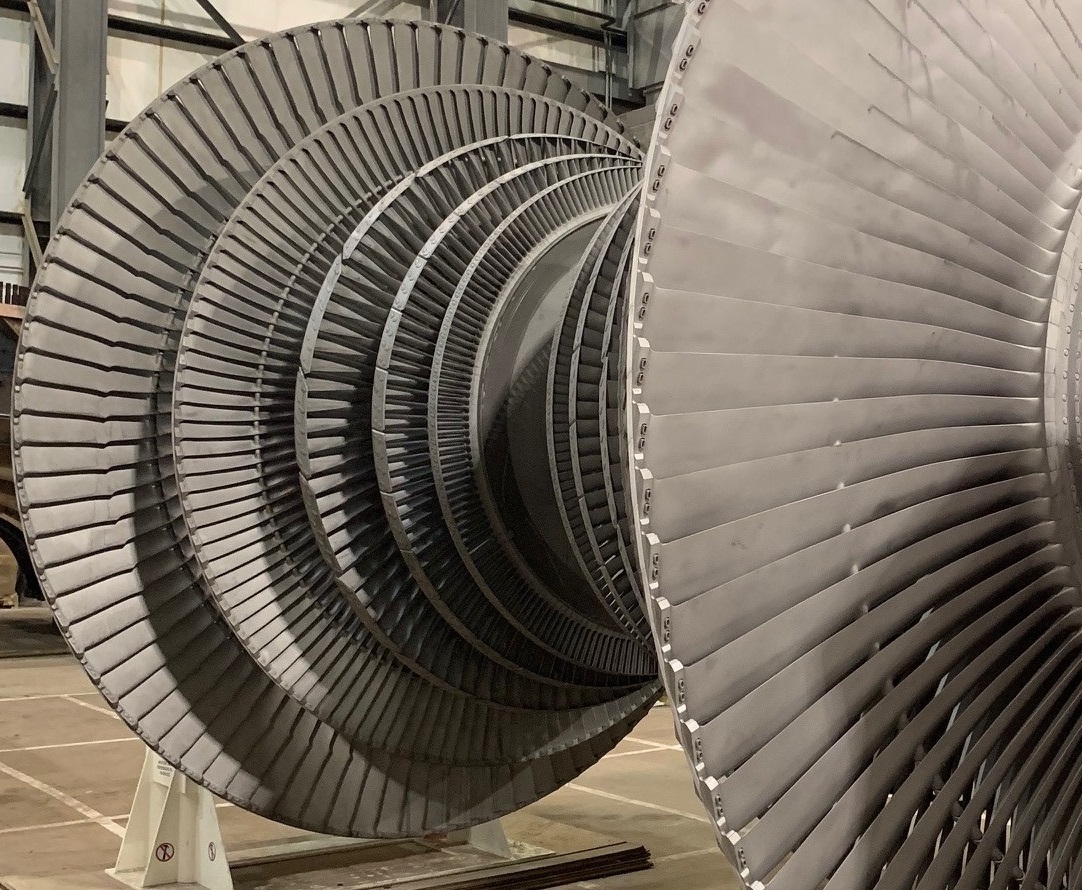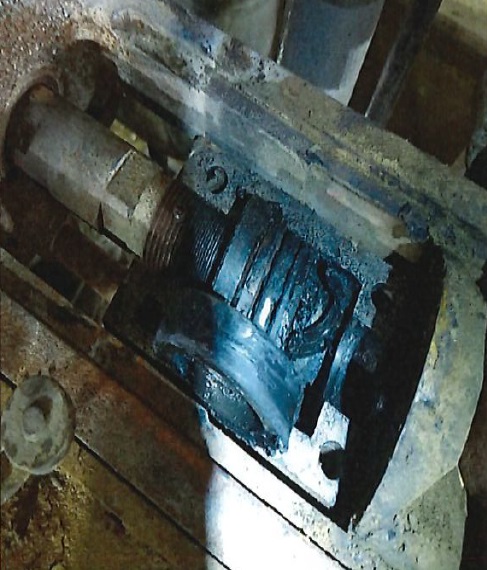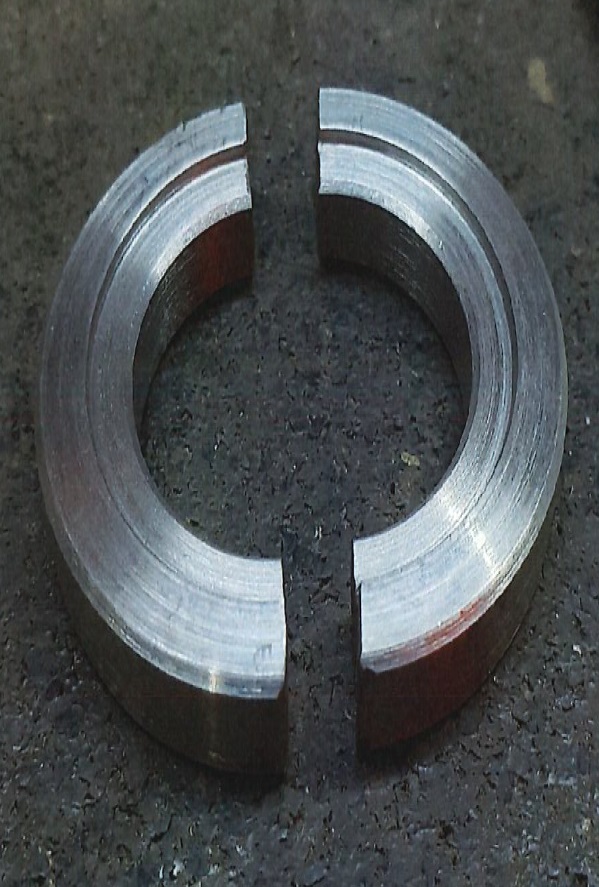by Shannon Scruggs, PSG Safety Director
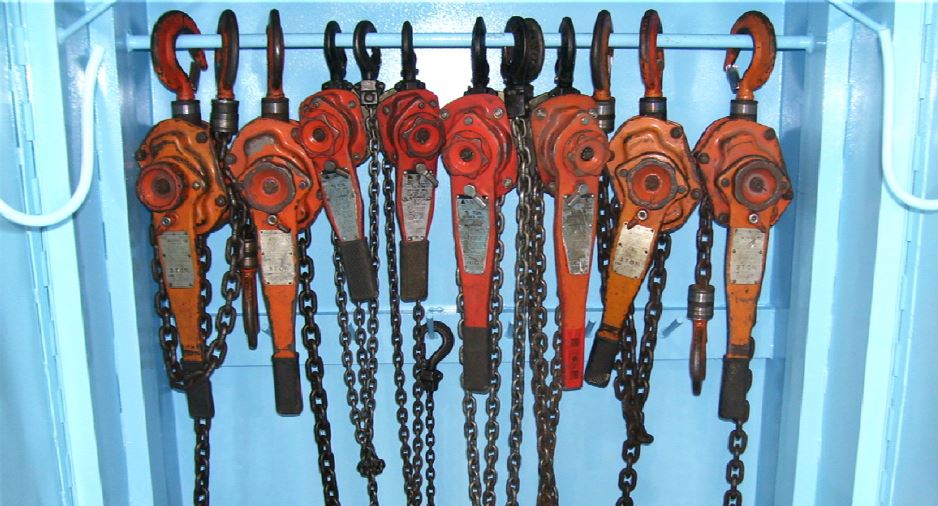
The chainfall and come-along are two very common manual mechanical lifting devices. Both are designed to provide safety to those using them. But they must be used properly if they are to function safely. Remember the following precautions:
1. Always use the proper capacity hoist for the job you are about to do, remembering that two people pulling on the hand chain will increase the amount you can physically lift but will not increase the capacity of the hoist you are using.
2. Inspect the hoist before you begin to lift any load. Check the upper and lower hooks to see that they swivel properly and are in good shape. Check the inspection date on the hoist housing to ensure it has been inspected within the last 12 months.
3. Inspect the full length of chain as much as possible, look for badly gouged, worn or defective links. Make a load test by lifting and lowering a load slightly. This will tell the operator if the unit is functioning properly.
4. Stand completely clear of the load at all times. Allow no portion of your body or a fellow worker’s body under the load.
5. Center the load under the hoist.
6. Always properly seat the load in the hook.
7. Proper care and handling make a safe hoist. Remember the hoist was designed to ease our burden, and carelessness not only endangers the operator, but in many cases, a valuable load. Keep the chain hoists free of dirt and foreign material. Store all hand chain hoists in a hanging position in a clean area.
8. Do not attempt to “fix” a defective chainfall or come-along. Tag it as “defective” and have it returned to the toolroom for repair or disposal.
Treat the hoist properly, respect its limitations and it will work safely for a long time to come.
Remember: Hazard Awareness + Hazard Mitigation + Focus = Zero Injuries
